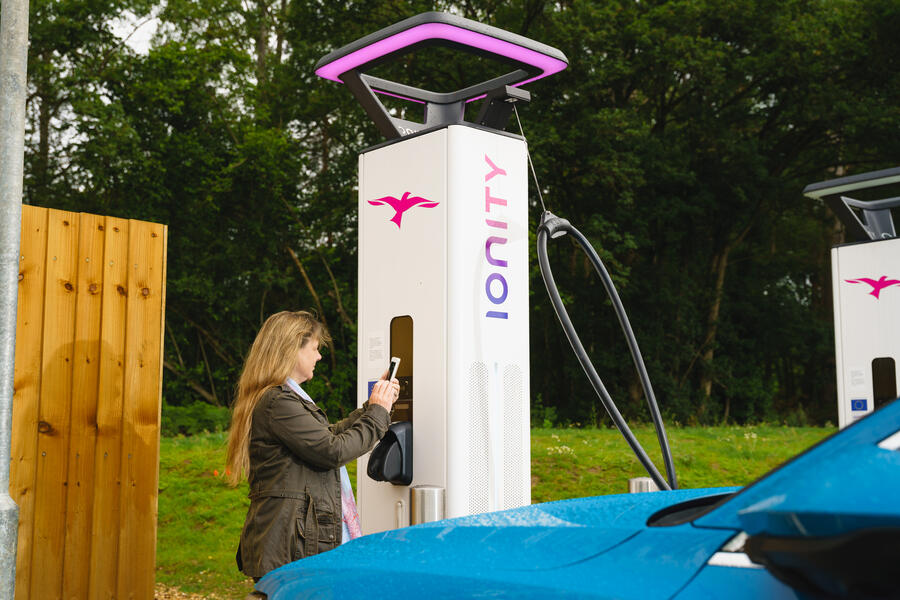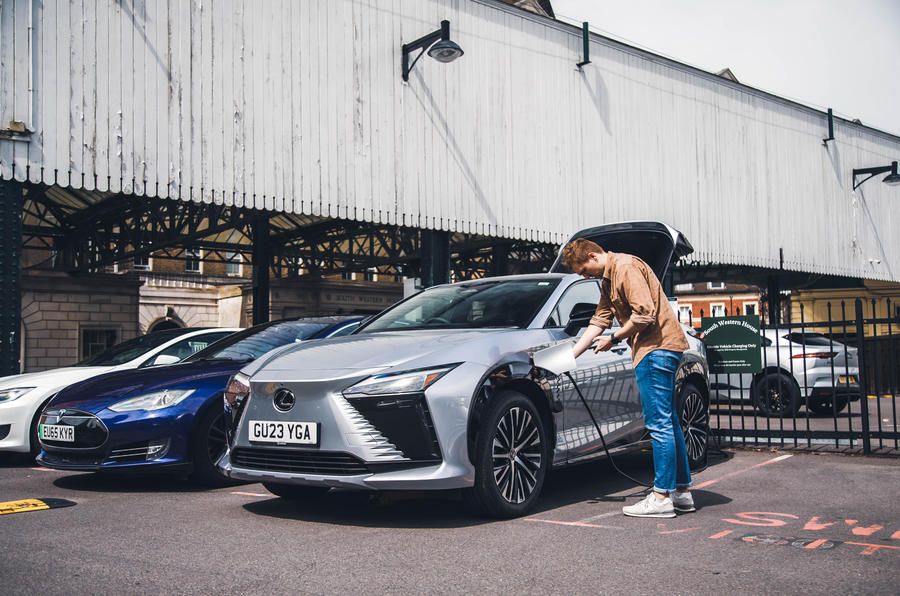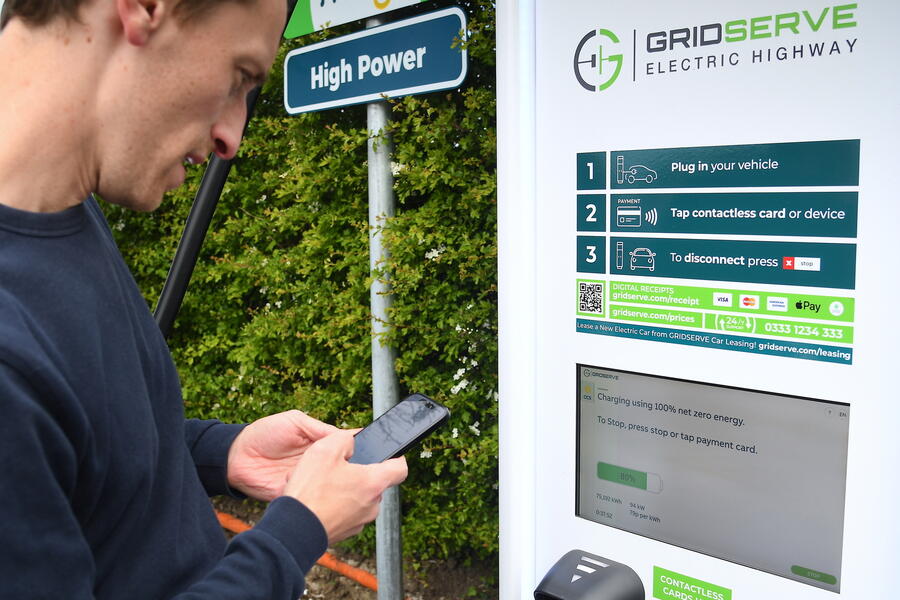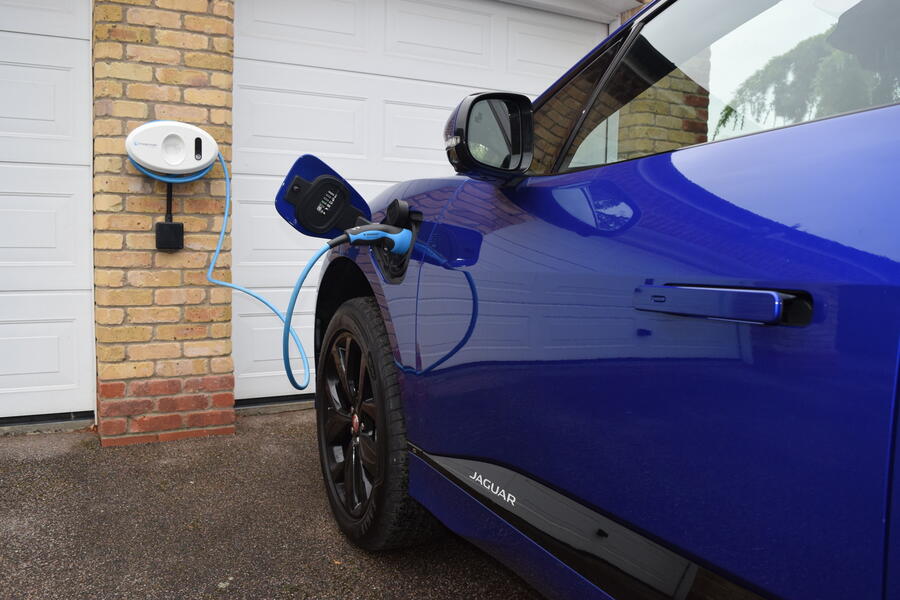When you own an electric car, you need to know where to charge it and, more importantly, how to pay for those juicy electrons.
When electric cars first entered the mainstream, charging was often tedious, with few available chargers and a confusing number of ways to pay for it.
Previously, the most widespread method of paying for your charge was to use an app downloaded to your mobile phone.
Eventually, every charging provider introduced its own app, which made charging a stressful process – even more so for drivers who did not own a smartphone.
And don’t forget: most electric cars now have in-built charger maps, which can advise you on where to charge.
But thanks to new laws and technology, paying to charge your electric car is now easier than ever.
This guide will walk you through all the methods you can use to get your car recharged as quickly and conveniently as possible.
Ways to pay for an electric car charge
Contactless
In 2024, using your contactless credit or debit card is the easiest way to pay for an electric car charge. All you need to do is find a charger, park up, follow the instructions displayed on that specific charger, tap your card and away you go.
Some older units (most likely slower-charging units installed more than 10 years ago) won’t offer contactless.
However, the government’s newly introduced public charge point regulations mean all newly installed public chargers with a charging speed of 8kW or higher, and existing chargers with speeds of 50kW and above, are legally required to have contactless available to all drivers.
As a result, paying for an electric car charge with contactless is becoming more accessible and straightforward, as all of the UK’s biggest charging networks – including BP Pulse, Gridserve, Instavolt, Inity, Pod Point, Shell Recharge and Tesla’s Supercharger network – offer contactless payments.
If you don’t have a contactless card, don’t worry: you can still enter your card and PIN the traditional way with most modern car chargers.
Mobile apps
Many electric car charging companies offer their own apps that you can download for free to your mobile phones.
They can be used to pay for a charge, but they also display a wealth of information you won’t get if you pay with contactless. BP Pulse, Shell Recharge, Instavolt and Ionity have their own apps, as do Tesla, Osprey and Ovo.









Join the debate
Add your comment
There's no mention of charging costs here. Personally I wouldn't want to be paying too much over the odds for energy when home charging is extremely cheap. I assume that all those convenient motorway service fast charge facilities come at a premium. For me the one big attraction of an EV is the potential very low energy cost.
They're difficult to get to you know, these motorway service stations.
Good to see that typical charging costs have no been added. But for comparison, it's interesting to consider that petrol still costs around 15p per kWh, even with a very high rate of tax. It's just too bad that a typical petrol engine can only convert around a quarter of this energy into useful work (though it's a pretty good heat generator!). For me though an EV is really only viable if most of your charging can be done at home.